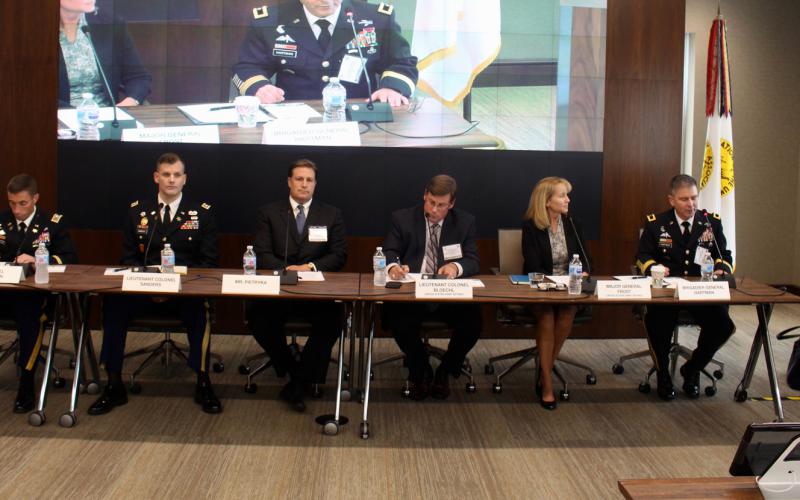Kabir Taneja
 The Donald Trump administration has over the past few months seemingly started to work in a steadfast manner to come to some sort of a conclusion in Afghanistan—America’s longest running war, now in its 17th year. Trump is going to be the third US president to attempt to put an end to the American military’s quagmire in the country it entered after the 9/11 attacks in 2001. There is a palpable fear among diplomats in New Delhi and Nato (North Atlantic Treaty Organization) capitals that Trump may suddenly decide to withdraw American troops from Afghanistan and they might learn about this from his Twitter timeline. India, one of the most important stakeholders in the country, has little influence over Kabul’s future trajectory as far as security goes; much of it lies with Washington.
The Donald Trump administration has over the past few months seemingly started to work in a steadfast manner to come to some sort of a conclusion in Afghanistan—America’s longest running war, now in its 17th year. Trump is going to be the third US president to attempt to put an end to the American military’s quagmire in the country it entered after the 9/11 attacks in 2001. There is a palpable fear among diplomats in New Delhi and Nato (North Atlantic Treaty Organization) capitals that Trump may suddenly decide to withdraw American troops from Afghanistan and they might learn about this from his Twitter timeline. India, one of the most important stakeholders in the country, has little influence over Kabul’s future trajectory as far as security goes; much of it lies with Washington.
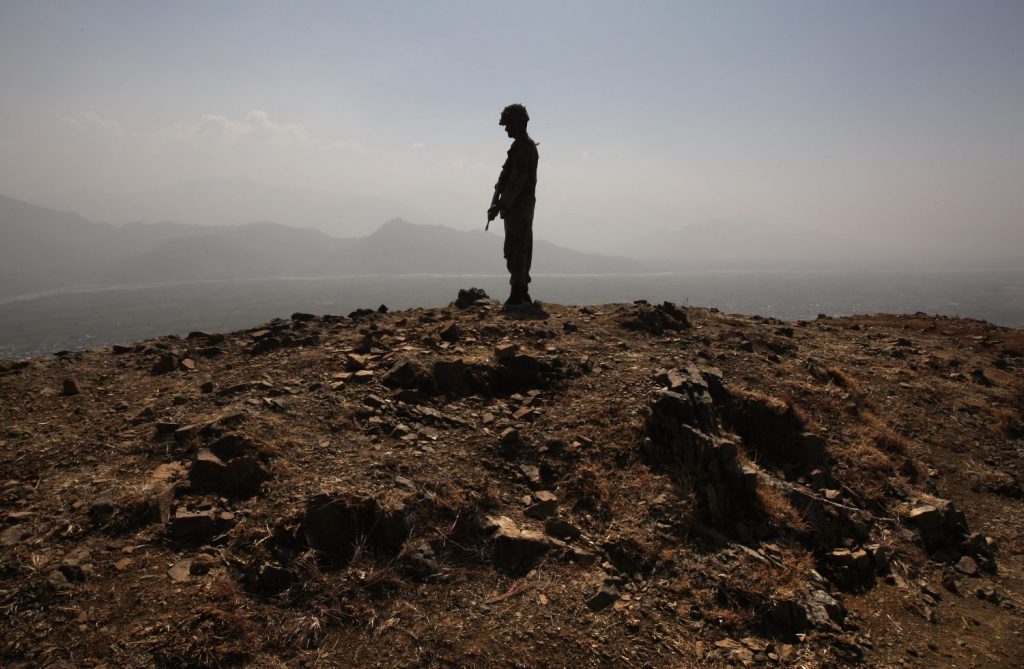
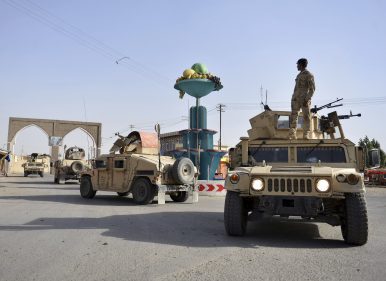
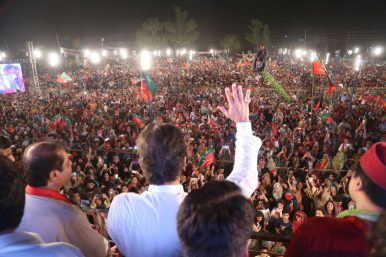
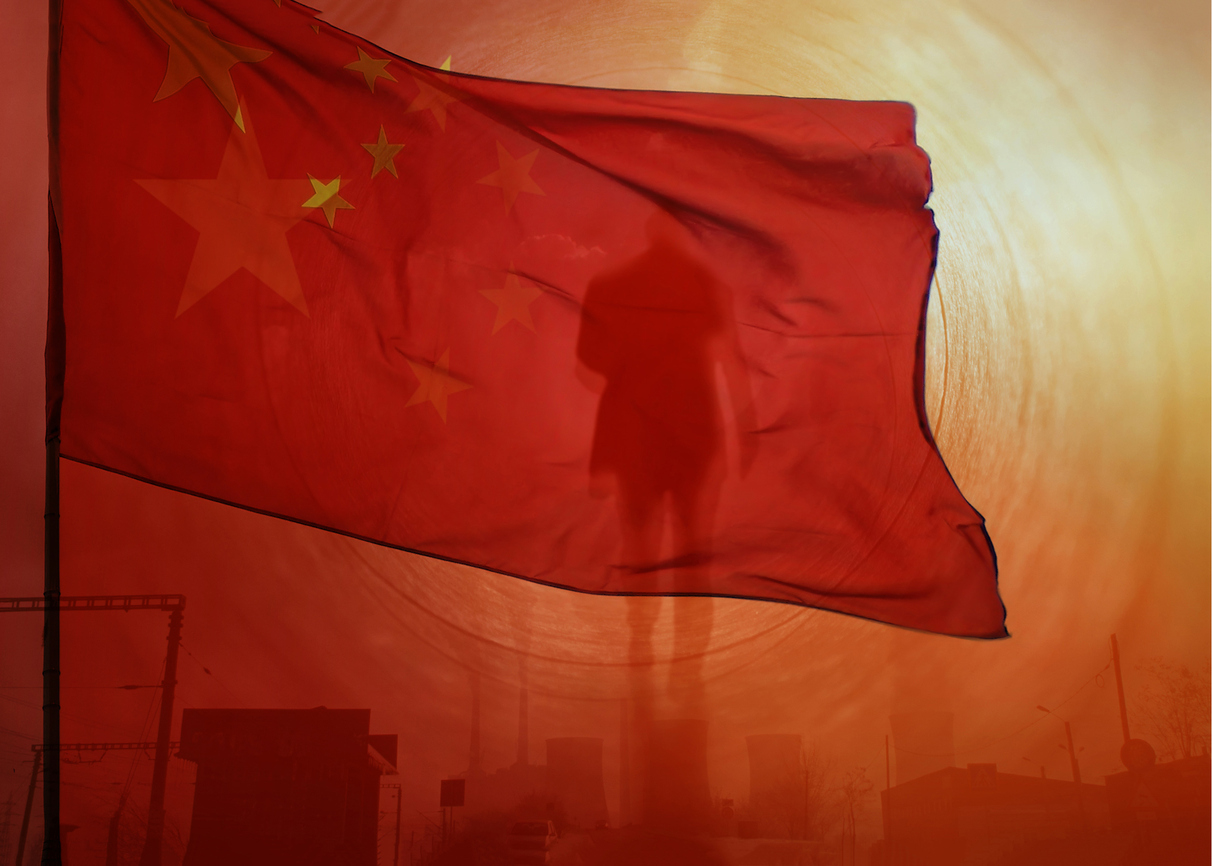


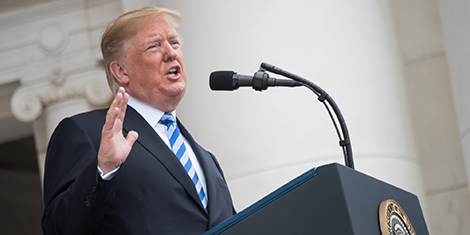

/arc-anglerfish-arc2-prod-mco.s3.amazonaws.com/public/C7JGOI5NXNALFIAZEF6WHHQ6EM.jpg)


